Urban Opportunities
In the late 1920’s, the Soviet Union began a relentless drive to reshape its primarily agrarian culture into one dominated by industry. The push towards rapid industrialization placed greater difficulties on farmers, but it opened up fresh job possibilities in the cities. The growing need for trained workers lifted the masses of Jews previously relegated to the deprived classes into full citizens. Agro-Joint built on these developments with programs that trained Jewish youth for factory employment.
New Skills
Between 1924 and 1930, Agro-Joint subsidized, organized, and equipped 103 vocational training schools with courses in metal working, wood-working, building, needlework, and printing. Most classes were in Yiddish, the government approved language for Jews. Student cooperatives sold products made in the schools and students received stipends for their work.


Student Aid
Many young Ukrainian Jews born in small towns during the first few years of the Revolution did not have enough training to apply to regular trade schools. Agro-Joint subsidized short training programs for them.


Hope Uprooted
Agro-Joint officials tried to protect their clients while cooperating with the Soviet system. But conditions worsened. The authorities continually reduced Agro-Joint’s role, taking over its medical programs and factory schools in the mid-1930’s. The end of Agro-Joint in the Soviet Union (in October 1938) was rapidly accelerated by the Great Terror.



In the late 1920’s, the Soviet Union began a relentless drive to reshape its primarily agrarian culture into one dominated by industry. The push towards rapid industrialization placed greater difficulties on farmers, but it opened up fresh job possibilities in the cities. The growing need for trained workers lifted the masses of Jews previously relegated to the deprived classes into full citizens. Agro-Joint built on these developments with programs that trained Jewish youth for factory employment.
New Skills
Between 1924 and 1930, Agro-Joint subsidized, organized, and equipped 103 vocational training schools with courses in metal working, wood-working, building, needlework, and printing. Most classes were in Yiddish, the government approved language for Jews. Student cooperatives sold products made in the schools and students received stipends for their work.


Student Aid
Many young Ukrainian Jews born in small towns during the first few years of the Revolution did not have enough training to apply to regular trade schools. Agro-Joint subsidized short training programs for them.


Hope Uprooted
Agro-Joint officials tried to protect their clients while cooperating with the Soviet system. But conditions worsened. The authorities continually reduced Agro-Joint’s role, taking over its medical programs and factory schools in the mid-1930’s. The end of Agro-Joint in the Soviet Union (in October 1938) was rapidly accelerated by the Great Terror.




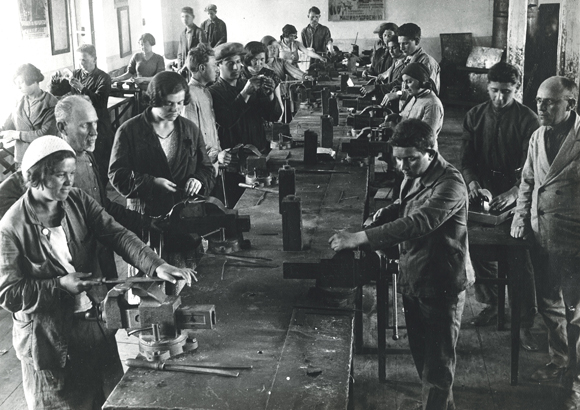

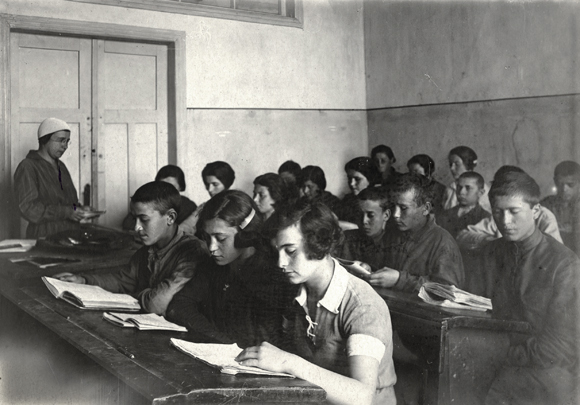
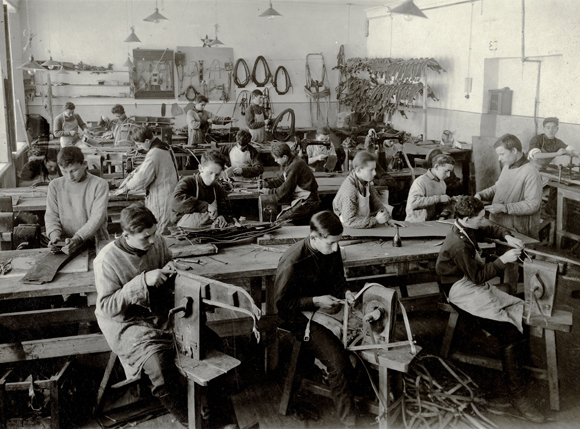
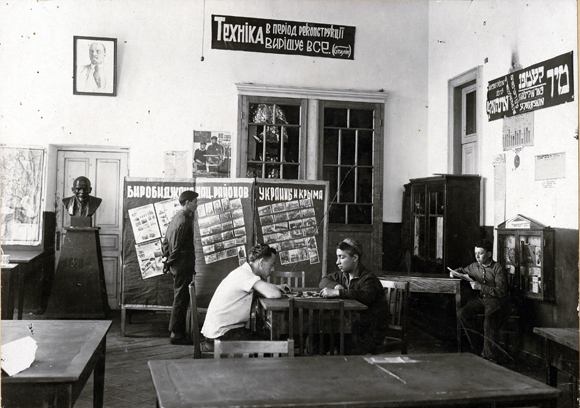
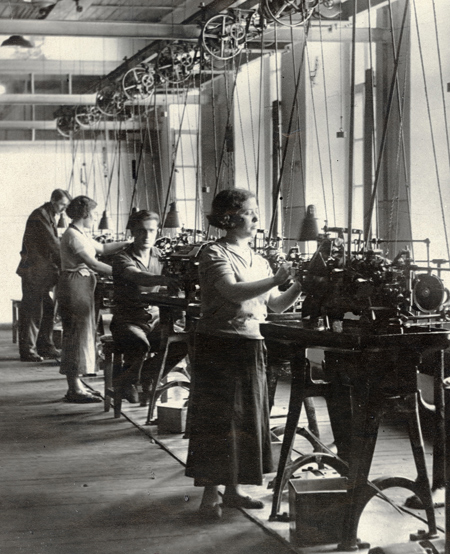
![In 1934, Joseph Rosen put Agro-Joint’s first decade in context: ''Our people in Russia were simply caught between the milestones [millstones?] of history and were confronted by a dilemma, - either to be crushed and turned into historical dust, or to extricate themselves by a determined effort…, no matter how painful and tortuous this process should prove to be....The Jewish masses in Russia were crying for help, and the leaders of [JDC] answered this call, being fully aware of the difficulties, drawbacks, and risks of the enterprise.'' The most heart-breaking events were yet to come. Rosen (center) with IKOR colonists. Crimea, 1928, <em>NY_00896.</em>](http://archives.jdc.org.php7-34.lan3-1.websitetestlink.com/assets/images/exhibits/beyond-relief/ny_00896_dm1.jpg)
![The early enthusiasm for Agro-Joint was ultimately replaced by grim and painful disillusionment. In 1937-1938, hundreds of Agro-Joint officials, agronomists, colonists, and physicians were arrested for “counter-revolutionary activities;” many were executed or died in prison. Six attendees at this 1927 Agro-Joint conference in Moscow, would be killed during the Great Terror for “political crimes”: among them, Agro-Joint’s Medical Director, Dr. Zinovy Serebryanny [front, first left]; its Industrial Department Director, Ezekiel Grower [front, third left], and its Chief Agronomist and Assistant Director, Samuil Lubarsky [front, second right]. Russia, 1927, <em>NY_43644 (from YIVO)</em>.](http://archives.jdc.org.php7-34.lan3-1.websitetestlink.com/assets/images/exhibits/beyond-relief/ny_43644_dm1.jpg)